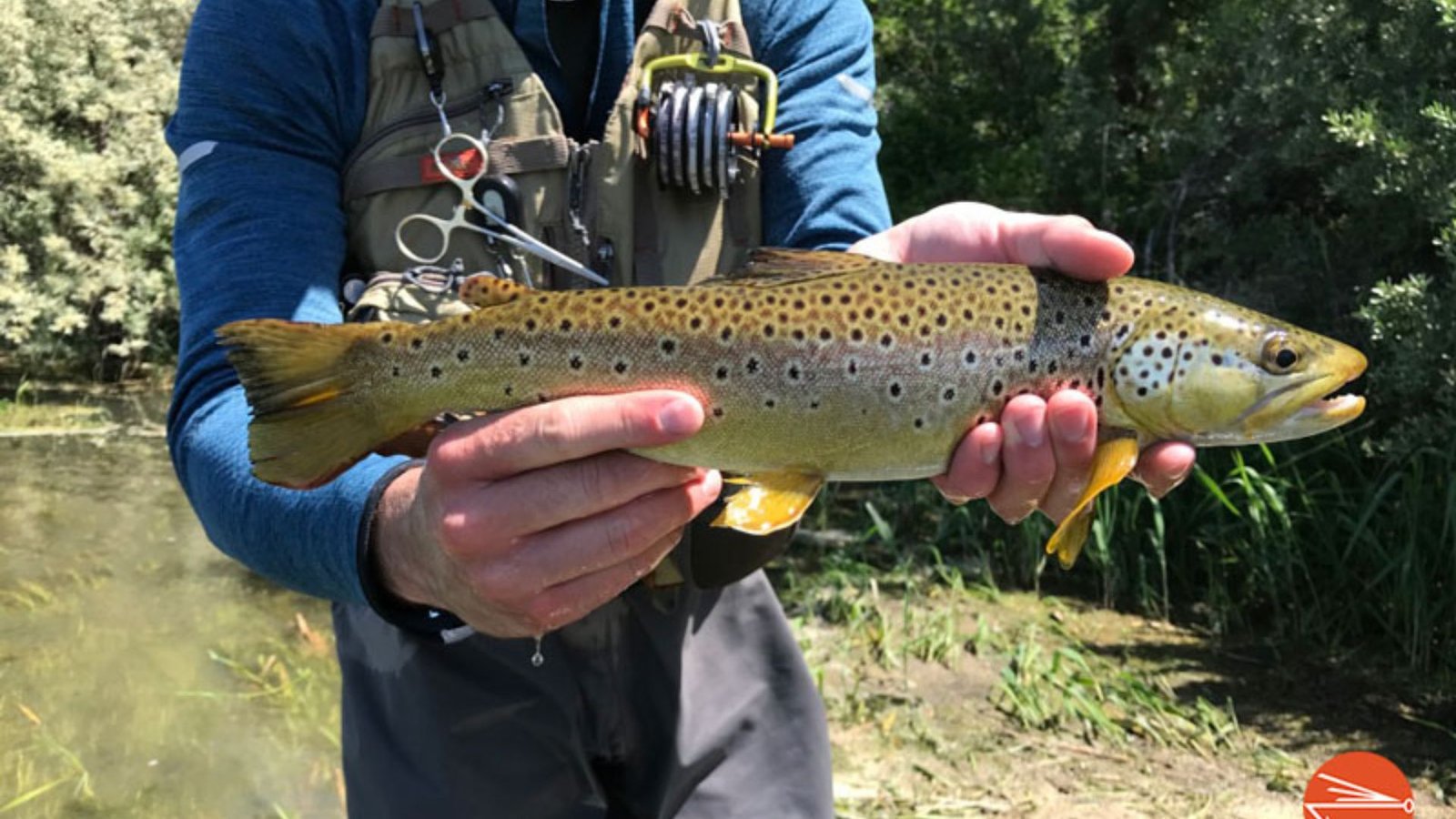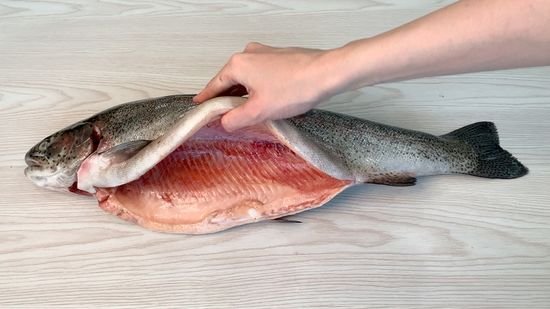Reading water involves analyzing various factors in a river or stream to determine where salmon are likely to be and how to approach them with your fly. This skill helps anglers maximize their chances of a successful catch.

Ways to Read Water for Effective Salmon Fly Fishing
1. Identifying Currents and Structures
- Riffles and Runs: Look for shallow, fast-moving water with small waves (riffles) and deeper, slower currents (runs). Salmon often hold in riffles to feed and in runs to rest.
- Pools: Deep, calm areas of water after riffles or runs are ideal spots for salmon to rest and seek shelter.
2. Observing Water Clarity and Depth
- Clear vs. Murky Water: Salmon prefer clear water for feeding, while murky water can make them more cautious. Adjust your approach based on water clarity.
- Depth Changes: Transition zones where shallow water suddenly drops off into deeper pools are prime locations for salmon to gather.
3. Analyzing Bottom Composition
- Substrate Types: Gravel beds, rocky bottoms, and sandy areas attract different aquatic insects that salmon feed on. Match your fly choice to mimic these insects.
- Obstructions: Fallen trees, boulders, and logjams create cover and eddies where salmon can rest. Target these spots for potential strikes.
4. Noting Temperature and Oxygen Levels
- Temperature Variations: Salmon prefer cooler water temperatures. Look for areas with incoming cold tributaries or shaded sections during hot weather.
- Oxygenated Water: Rapids, waterfalls, and bubbling currents provide oxygen-rich environments where salmon thrive.
5. Considering Weather Conditions
- Sun and Shade: Salmon may move to shaded areas during bright sunlight to avoid predators and conserve energy.
- Wind Influence: Wind can create surface currents and concentrate food sources, attracting salmon to windward sides of lakes or rivers.
6. Reading Fish Behavior and Signs
- Surface Activity: Jumping or rolling fish indicate active feeding or spawning behaviors. Adjust your fishing technique accordingly.
- Rising Fish: Look for rising bubbles or rings caused by salmon feeding near the surface, indicating their presence.
7. Using Polarized Sunglasses
- Visibility: Polarized sunglasses reduce glare and allow you to see underwater structures, fish movements, and potential feeding lanes more clearly.
Conclusion
Mastering the art of reading water is essential for successful salmon fly fishing. By understanding these key elements—currents, structures, water clarity, bottom composition, temperature, weather conditions, fish behavior, and the use of polarized sunglasses—you can enhance your ability to locate and target salmon effectively. Practice and observation in various water conditions will further refine your skills, leading to more enjoyable and productive fishing experiences.
In conclusion, effective water reading skills empower anglers to make informed decisions about where and how to fish for salmon. By honing these techniques and adapting them to different environments, you can significantly increase your chances of a successful catch while enjoying the beauty and challenge of fly fishing for salmon.




